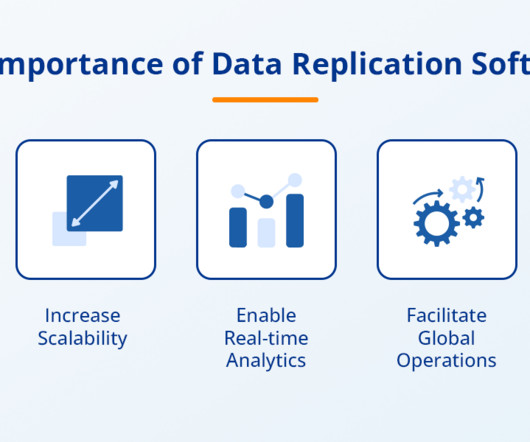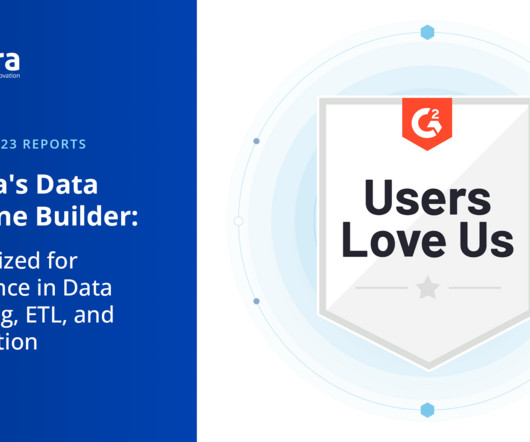Top 7 Data Replication Software in 2023
Astera
SEPTEMBER 4, 2023
This article navigates through the top 7 data replication software available in the market and explains their pros and cons so you can choose the right one. The Importance of Data Replication Software Data replication involves creating and maintaining multiple copies of crucial data across different systems or locations.












Let's personalize your content